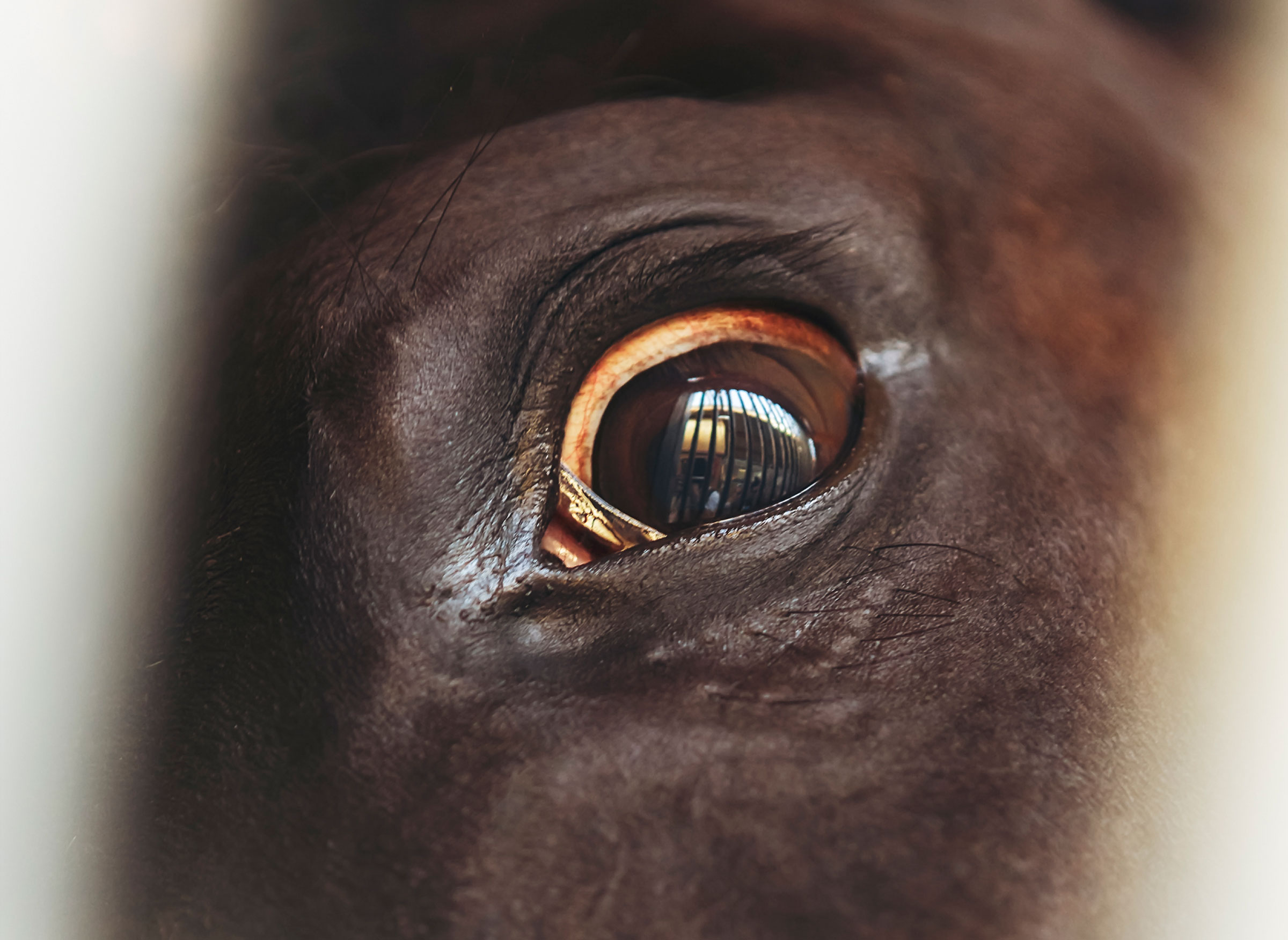
Some eye diseases in horses might be genetically linked, as for example limbal squamous cell carcinoma in Haflingers (Lassaline, M.; Cranford, T.L.; Latimer, C.A.; Bellone, R.R. “Limbal Squamous Cell Carcinoma in Haflinger Horses.” Vet Ophthalmol, September 2015. 18(5):404-8). Ultraviolet damage might be more extensive in Haflingers (and possibly other breeds) due to a genetic mutation that increases the risk for developing limbal squamous cell carcinoma (SCC). Not only do ultraviolet exposure and pigmentation characteristics serve as risk factors, but so does genetics.
Besides Haflingers, ocular SCC commonly affects other breeds, including Appaloosas, Belgians, Percherons and Arabians.
To date, researchers at UC Davis School of Veterinary Medicine and the Veterinary Genetics Laboratory have determined that “a recessive mode of inheritance in Haflingers explains some of the genetic components involved in the development of this cancer. They also discovered a DNA marker that identifies horses at higher risk to develop limbal and/or third eyelid SCC.”
UC Davis is currently offering a DNA test for Haflingers to identify individuals with high risk and to apply this information to breeding programs to help nullify the genetic mutation.
A corneal disease affliction of Friesian horses might also have a genetic link, which is being investigated by Lassaline and colleagues at UC Davis. Bilateral corneal stromal loss (BCSL) occurs in Friesian horses with corneal dystrophy. There is associated pain, vision loss and the potential to lose affected eyes. The disease tends to target male horses more often than females, and it also tends to be progressive until there is surgical intervention. Identification of a genetic link enables breeding programs to minimize passage of this defect to future generations.








